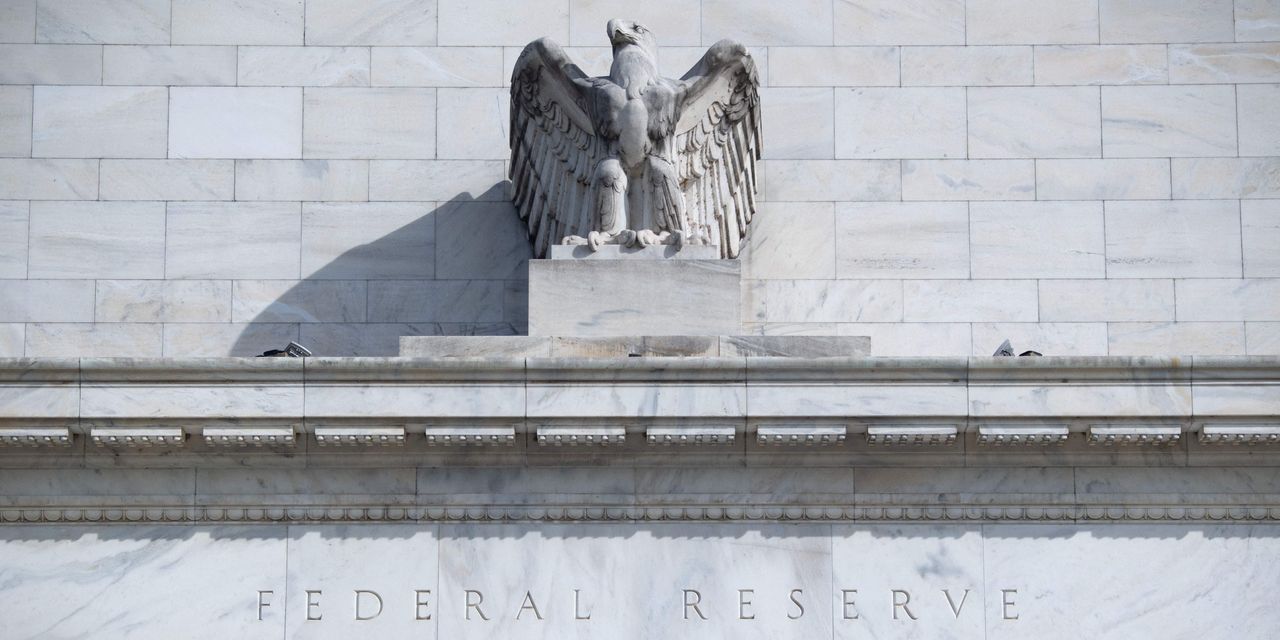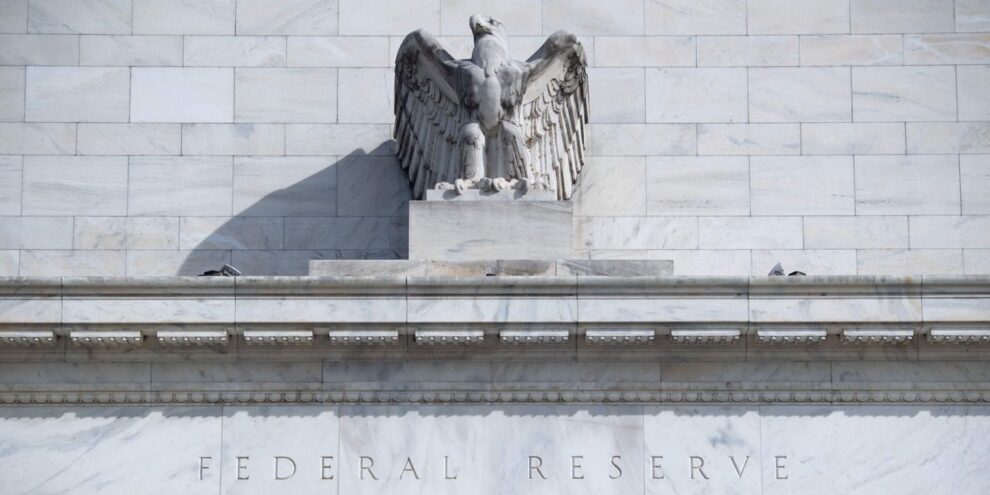
U.S. stocks seesawed Wednesday to kick off June, swinging to a steep decline before trimming losses as investors weighed the outlook for the economy, inflation and the Federal Reserve’s interest rate path.
How are stock indexes trading?
- The Dow Jones Industrial Average DJIA, -0.16% fell 90 points, or 0.3%, to 32,900, after declining as much as many as 405 points at its session low.
- The S&P 500 SPX, -0.19% was down 12 points, or 0.3%, at 4,121.
- The Nasdaq Composite COMP, -0.03% lost 22 points, or 0.2%, to trade at 12,059.
The Dow and S&P 500 ended virtually unchanged for May on Tuesday, masking a volatile month that saw the latter index come within a whisker of a close in bear-market territory on May 19. The Nasdaq Composite, which fell into a bear market earlier this year, fell more than 2% in May.
What’s driving the market?
It’s was economic data-heavy day. US equities started the month slightly lower after a strong set of data suggested the Federal Reserve still has work to do to slow inflation.
The Institute for Supply Management’s Manufacturing PMI, a closely followed index of U.S.-based manufacturing activity, rose to 56.1% in May from 55.4% in the prior month, the research group said Wednesday. Economists polled by The Wall Street Journal had forecast a decline to 54.5%.
Meanwhile, U.S. job openings fell to 11.4 million in April from a record 11.9 million in the previous month. About 4.4 million workers quit jobs in April, while the job-quitting rate stayed unchanged at 2.9%.
The U.S. economy showed “slight or modest” growth in May, but labor and supplies were still in short supply and rapid inflation remained a big problem, according to the Fed’s regular survey of the economy known as the Beige Book.
“Everything is showing that the economy is still doing pretty well. And that is supporting the idea that the Fed could continue with this aggressive tightening path, which is probably why we’re seeing stocks turned negative here,” Edward Moya, senior market analyst at OANDA, said in an interview.
St. Louis Federal Reserve Bank President James Bullard, in a speech, warned that the Fed was in danger of losing control of how much inflation American households are expecting.
Bullard has previously said he would like to get the fed-funds rate up to 3.5% rate by the end of the year. If the Fed hikes interest rates by 50 basis points at both the June and July meeting, as most Fed officials support, the Fed’s benchmark rate will be in a range of 1.75% to 2%.
Meanwhile, San Francisco Fed President Mary Daly on Wednesday said the time to pause the rise in interest rates is when the Federal Reserve gets its benchmark policy interest rates up to about 2.5%.
Growing expectations the Fed will follow up widely expected half percentage point rate increases in June and July with another in September were blamed for weakness in stocks and bonds, which sent Treasury yields higher.
The yield on the 10-year Treasury BX:TMUBMUSD10Y note rose 8.2 basis points to 2.922% on Wednesday, according to Dow Jones Market Data.
As well, investors will be keeping an eye on the liquidity impact of shrinking of the Fed’s massive balance sheet, which starts Wednesday and is aimed in part at helping fight high inflation.
“Uncertainty over the impact of Fed QT that kicks off today and ramps up to full force over the next three months to a pace of $95 billion/month could also prove a factor weighing on sentiment,” according to a note by Saxo Bank strategists.
Read: Fed’s quantitative tightening is here: What that means for markets
Earnings reports after the market close Wednesday are expected from meme stock GameStop Corp. GME, -3.17%, pet products retailer Chewy Inc. CHWY, -4.44%, and on the tech side, NetApp Inc. NTAP, +1.36% and Hewlett Packard Enterprise Co. HPE, +2.21%
In commodity markets, U.S. crude oil prices CL.1, +0.75% rose, with the U.S. benchmark ending 0.5% higher at $115.26 a barrel on the New York Mercantile Exchange. Oil prices rose Tuesday after the EU slapped new sanctions on Russian crude, but pulled back after The Wall Street Journal reported some members of the OPEC were considering suspending Russia from oil-production targets.
See: Why oil could still hit $130 a barrel even if OPEC+ tries to make up lost Russia production
What companies are in focus?
- Salesforce Inc. stock CRM, +11.12% jumped 11% after the cloud-based customer-relationship-management company hiked its earnings forecasts.
- Capri Holdings Ltd. CPRI, +2.82% stock rose 2.6% after the luxury fashion company reported a big earnings beat and $1 billion buyback program.
- HP Inc. HPQ, +4.62% shares gained 1.5% after it posted another strong quarter of personal computer sales and raised its earnings outlook Tuesday.
- Delta Air Lines DAL, -4.40% lost 4.8%, despite that the company raised its revenue forecast as travel recovers from the pandemic.
How are other assets trading?
- The ICE U.S. Dollar Index DXY, +0.72%, a measure of the currency against a basket of six major rivals, was up 0.6%.
- Bitcoin BTCUSD, -4.94% was trading 5.3% lower near $30,150.
- In European equities, the Stoxx Europe 600 SXXP, -1.04% and London’s FTSE 100 UKX, -0.98% each declined 1%.
- In Asia, the Shanghai Composite SHCOMP, -0.13% closed down 0.1%, the Hang Seng Index HSI, -0.56% fell 0.6% in Hong Kong, and Japan’s Nikkei 225 NIK, +0.65% rose 0.7%.











Add Comment